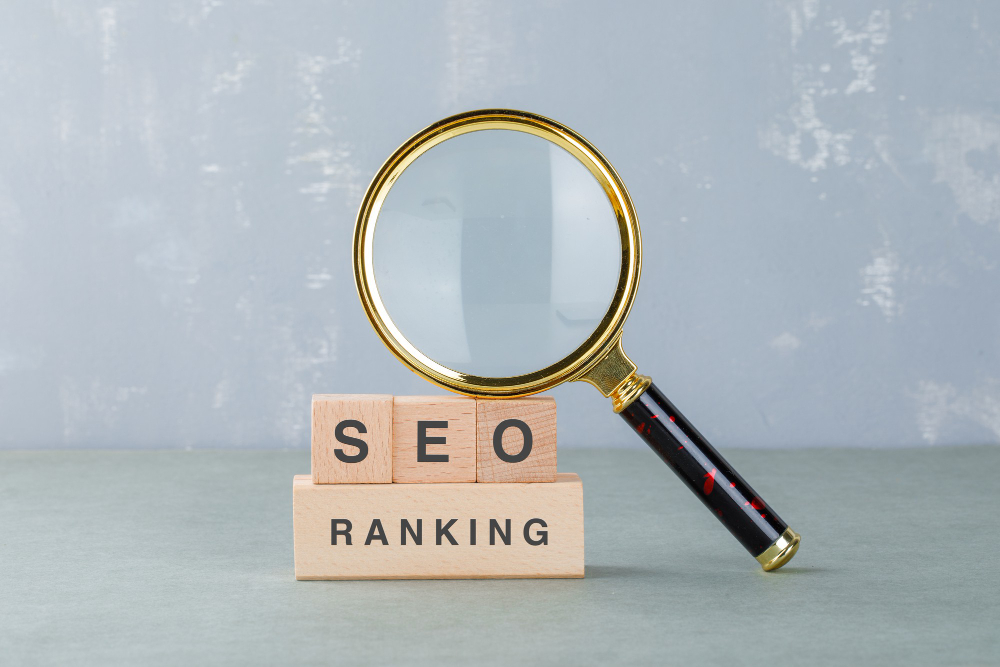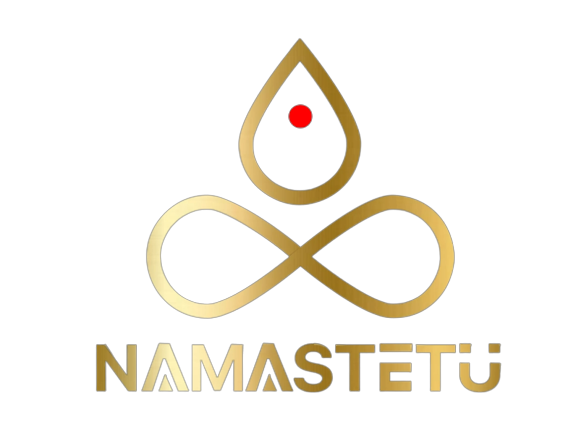Search Engine Optimization (SEO) helps improve a website’s visibility in search engines like Google. The goal of SEO strategies is to help a site rank higher in search results and drive traffic.
So when someone searches for a topic like “best shoes”, SEO helps ensure a shoe store website comes up top in results. How? SEO specialists work to optimize a site by using keywords, ensuring good user experience, building quality backlinks to the site, creating compelling content, and more.
Doing SEO properly leads to increased visibility, more visitors, stronger branding, and better conversion rates. It takes time and continual effort.
What is SEO
Search engine optimization (SEO) is the practice of improving your website to increase its visibility when people search for related topics on search engines like Google. The better optimized your site is, the higher it will appear in the search results.
Why does SEO matter?
- Top search rankings allow you to reach more of your target audience. Most searchers don’t look past the first few results.
- More visibility tends to generate more site traffic and visitors.
- Greater visibility improves your brand awareness as more eyes see your business.
How are search rankings determined? Google uses computer programs called algorithms to evaluate pages by factors like:
- The relevance and quality of content
- How many sites link to yours
- Website speed and performance
Optimizing for these factors takes strategic planning and constant management. SEO is key for any business today because website visibility directly impacts how easily potential customers can interact with your brand online. Executed correctly, it can expand your reach exponentially.
Good SEO means doing a lot of different things like:
- Finding the right keywords that lots of people are searching for
- Making great content that’s easy to find on Google and nice for people to read
- Putting in links from websites that are well-respected
- Checking how well everything is working
The three pillars of SEO
The foundation of effective SEO stands on three main pillars:
Technical Optimization
This focuses on how search engines technically assess your site by crawling and indexing. Key elements include:
- Site architecture – A clean internal linking structure and semantic URL naming
- Code quality – Properly formatted HTML, CSS, etc.
- Page speed – Optimizing images, code, and servers for faster load times
Getting the technical site architecture right is essential for search bots to crawl and categorize your pages easily.
On-Page Optimization
This pillar covers the content users see and interact with. You need to:
- Conduct thorough keyword research to align with user intent
- Craft high-quality, relevant content focused on those terms
- Optimize content for synonyms, questions, and conversational queries
- Format content for scannability – section headings, lists, etc.
On-page optimization ensures the content directly answers the queries users are searching for.
Off-Page Optimization
This refers to activity outside your site, mainly:
- Link building – Earning links from relevant websites to signal authority
- Social signals – Building engagement on social media platforms
- Reviews – Getting positive validated reviews on third-party sites
How does SEO work
So now that you know what SEO is and its key components, you may be wondering – how does it actually work?
The goal of SEO is to improve your search engine rankings so more people find you online. Let’s break down the step-by-step process:
1. Crawlability
Search engines like Google use programs called crawlers or spiders to index the web. These bots crawl from site to site, grabbing data to add into Google’s index. To crawl properly, you need:
- Sitemaps – Help search bots discover all your pages
- Clean code – Fix errors to allow smooth crawling
- Fast speed – Quick page loads enable better crawling
2. Indexing
Once crawled, your web pages get added to the search index. This is Google’s library of billions of web pages and the data about each one. Optimizing the technical architecture helps improve how you get categorized.
3. Ranking
The final step is determining the order of search listings. Google’s algorithms analyze many ranking factors and assign each page a score. Higher scores surface pages earlier in the SERPs. This is where on and off-page optimization becomes crucial to improve your opportunity to rank.
With the process mapped out, you can focus efforts on specific areas you need to optimize. Over time and through constant refinements, your Local SEO work powers sustainable search rankings.
Conclusion
As India’s top digital marketing agency, Namastetu urges clients to leverage our SEO expertise for sustainable growth. By partnering with us for strategic search engine optimization, brands can better connect with their audience, establish thought leadership, and unlock their true online potential. Invest in our data-driven SEO services for an elevated brand presence and higher conversions.

Contact Us
39 Mangal Nagar, next to Stanza Living, Indore, Madhya Pradesh 452001




